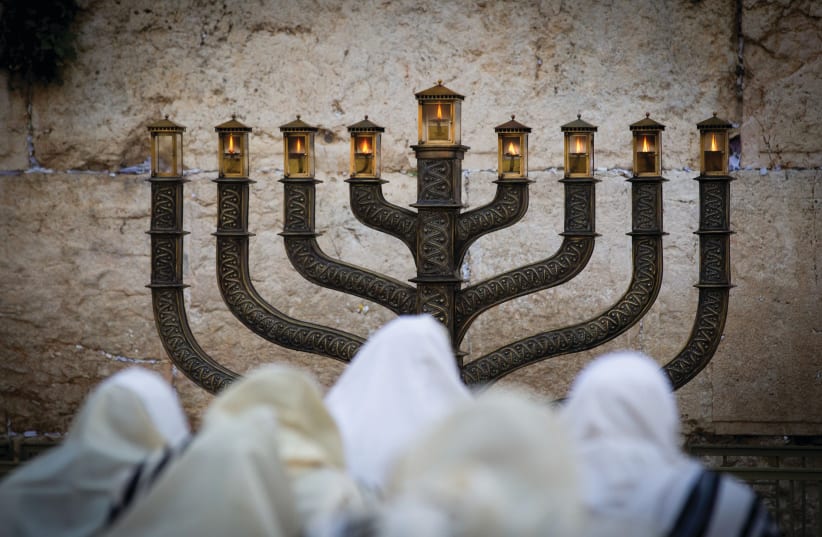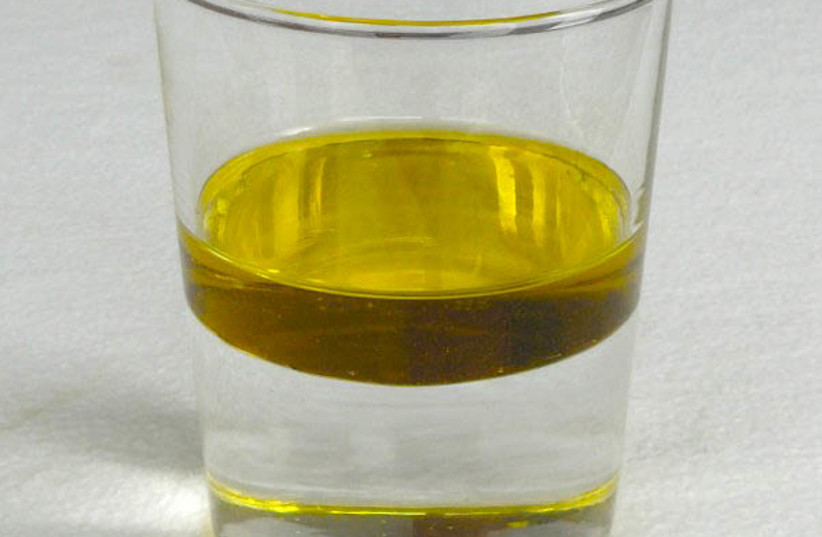One common cause of burns is boiling oil, especially during Hanukkah when oil is a staple. Burns are serious injuries that cause pain and suffering, sometimes require prolonged hospitalization, and can lead to dehydration due to loss of fluids and blood.
When they cover large areas of skin, burns are dangerous, especially in toddlers up to age four whose skin is delicate and thin.
In most cases of oil jumping out of the pan, these are light burns. If it’s a small amount of oil, the damage is considered relatively minor. Burns on the face and eyes are more serious injuries.
Spilling boiling oil can cause more serious burns, since a larger amount of oil can harm the body and cause more severe burns.
Accidents and human error are the main cause of burns from hot or boiling oil. You can reduce risk and avoid unnecessary accidents in the kitchen in the first place by keeping small kids out and away from pots with hot or boiling oil that may splash and cause burns.
Also be sure to use large portions of oil responsibly; the worst burns are caused after deep-frying. So it’s very important to deep fry only when absolutely necessary. When using oil you must stay focused, don’t do anything else at the same time and maintain a cautious approach to prevent unnecessary accidents.
Burns by degrees
- 1st degree: Looks like a deep tan, results from damage to the upper layer of skin and manifested by redness, pain and slight swelling
- 2nd degree: Deeper damage to some of the skin layers characterized by redness, blisters and intense pain
- 3rd degree: Damage to all layers of the skin and tissues below it. The color of the burn is waxy white. Usually this burn isn’t painful since sensory nerves are destroyed together with the burned skin. Third degree burns involve all three layers of the skin. These burns usually destroy the sweat glands, hair follicles and nerve endings. Severe burns require immediate medical attention and can’t be treated with over-the-counter treatments.
Treatment
Unlike other wounds, a burn is a dynamic injury, meaning that even after removing the cause of the injury, the tissue damage mechanism continues to develop. Therefore it’s crucial to act immediately to stop the burning process, cool, provide pain relief and cover the burn. Here are essential steps to follow.
The first is to remove the clothing over the burn, as clothes can store heat inside.
The second part is dressing the burn. The bandage should cover the wound but not be wrapped tightly. The burn area may swell and a strong dressing will put too much pressure on the burn. Care must be taken that the dressing doesn’t stick to the burn site.
During and after treatment, the wound site must be kept sterile to avoid infections and complications.
Ointments to use
Use ointments which contain antiseptics such as Vita-Merfen and ointments with active ingredients like biafine and trolamine. These substances soothe the burn, relieve symptoms by moisturizing and cooling the skin, and help the healing process.
Use treatments containing antihistamines such as Fenistil gel or Tiudantol gel, which soothe the area and dull the itch.
Use ointments with aloe vera, too.
What one must not do
Some things mustn’t be done when treating burns as they can further damage the burn area, cause infection and cause pain. Don’t put ice on the burn. Ice may hurt, cause frostbite and damage tissue.
Don’t apply anything someone might give you. To treat the burns medical staff will have a hard time removing oil, margarine or any substance you thought would ease the burn.
Don’t stick a bandage on the burn because there is no reason or benefit to it. Don’t try to remove clothing stuck to the burn. Leave that to the medical staff and you may avoid scarring.
Dr. Ahmed Kassem is the director of the emergency medical center of Maccabi Health Services in northern Israel.

